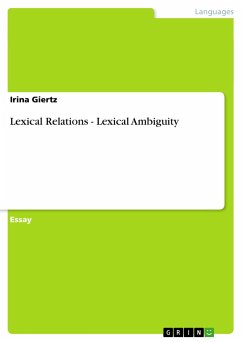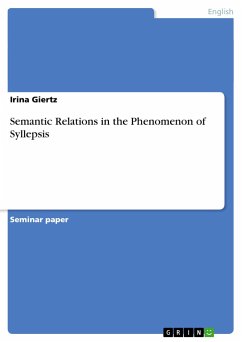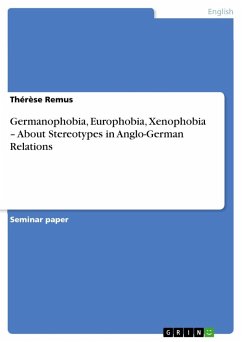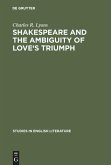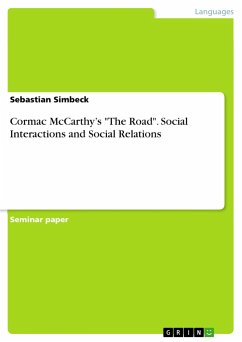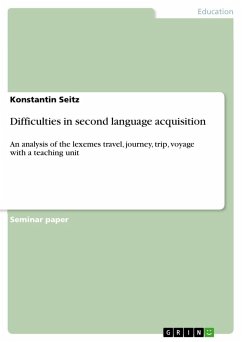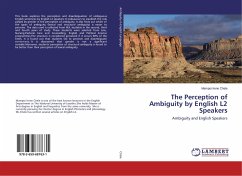Essay from the year 2005 in the subject Didactics - English - Grammar, Style, Working Technique, grade: 1,1, University of Cologne (Institut für Englische Philologie), course: Semantics, language: English, abstract: Lexical ambiguity appears at the interface between form and meaning of lexical items. Ambiguity is triggered by the assumption that the similarity of form is also reflected in the similarity of meaning. Whereas ambiguities violate the maxim of manner in the co-operative principles postulated by Grice, they are highly acclaimed in poetic language where they originate not in lack of specification or the complexity of the discourse, but in the complexity of the reader's presuppositions. In this sense, it depends on the reader's expertise, reading experience and profundity in determining the number of noted ambiguities. Linguistic ambiguity is a rich source of various word plays mostly known as punning. It reveals and emphasises linguistic peculiarities like homonymy and polysemy in a self-referential play of language with itself in a kind of mirroring.

